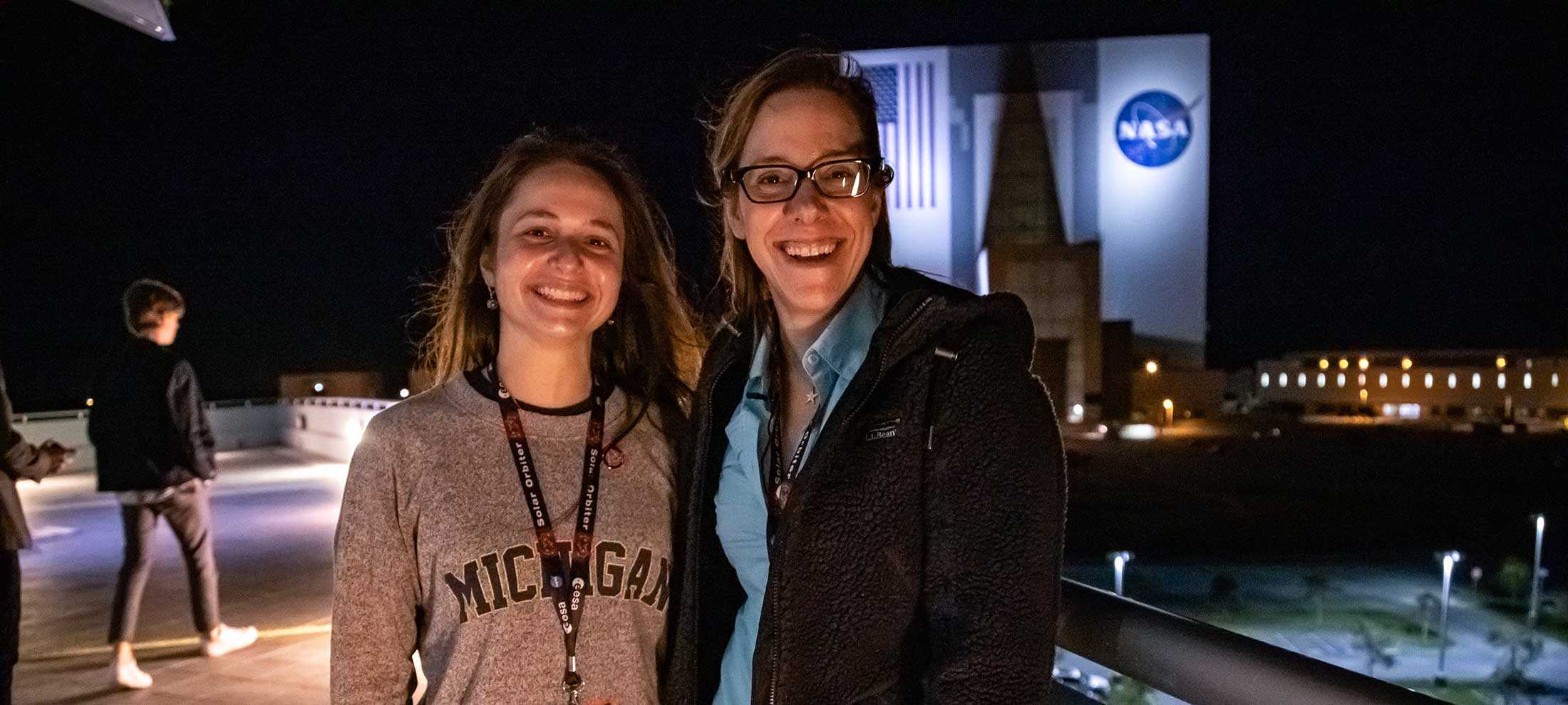
About Us
CLIMATE & SPACE IS SCIENCE-DRIVEN ENGINEERING AT ITS BEST
As part of the U-M College of Engineering, Climate & Space uniquely combines science and engineering, offering an integrated view of Earth and space for climate studies, planetary science, instrumentation and large-scale modeling.
The next generation of innovators and explorers in Climate & Space learn with their minds and with their hands — setting them apart from their peers – with practical, hands-on experiences; by bringing together science and engineering; by pushing them to think collaboratively; and by emphasizing discovery, paradigm-shifting engineering solutions, risk-taking and creativity. Climate & Space students are prepared to take that next big leap into uncharted areas of science and engineering.
Like the University of Michigan, Climate & Space combines the best of two worlds: research and education. The work of our faculty continues past the research door and into the classroom. Our faculty members include undergraduate and graduate students as part of their research project teams; they bring their everyday research activities into the classrooms; and they make sure course material is based on current findings and data.
A better understanding of how global climate change affects the Great Lakes region is possible because of the decades of climate and atmospheric research by Climate & Space faculty. It is this deep understanding of climate that fosters the development of innovative technologies and models, giving us improved predictions of severe weather. And, as Climate & Space researchers narrow the uncertainty of climate prediction, mitigation efforts by policy makers and the public become more understandable and attainable.
Meteorites, asteroids, comets, solar flares jeopardize the near-Earth space environment — the future staging ground for world-wide technological progress. The Climate & Space science-driven engineering model expands our knowledge and understanding by developing tools such as nano-satellites that will keep near-Earth space safe. Missions into deep space and other planets increase our understanding of the universe, our place in it and conditions that foster life.
This work means Climate & Space students learn about entrepreneurial engineering in a teaching facility and idea accelerator — a strong foundation for students to create that road map into the future as they become the next generation of innovators and explorers.
This is the Michigan Difference.
This is the Climate & Space difference.